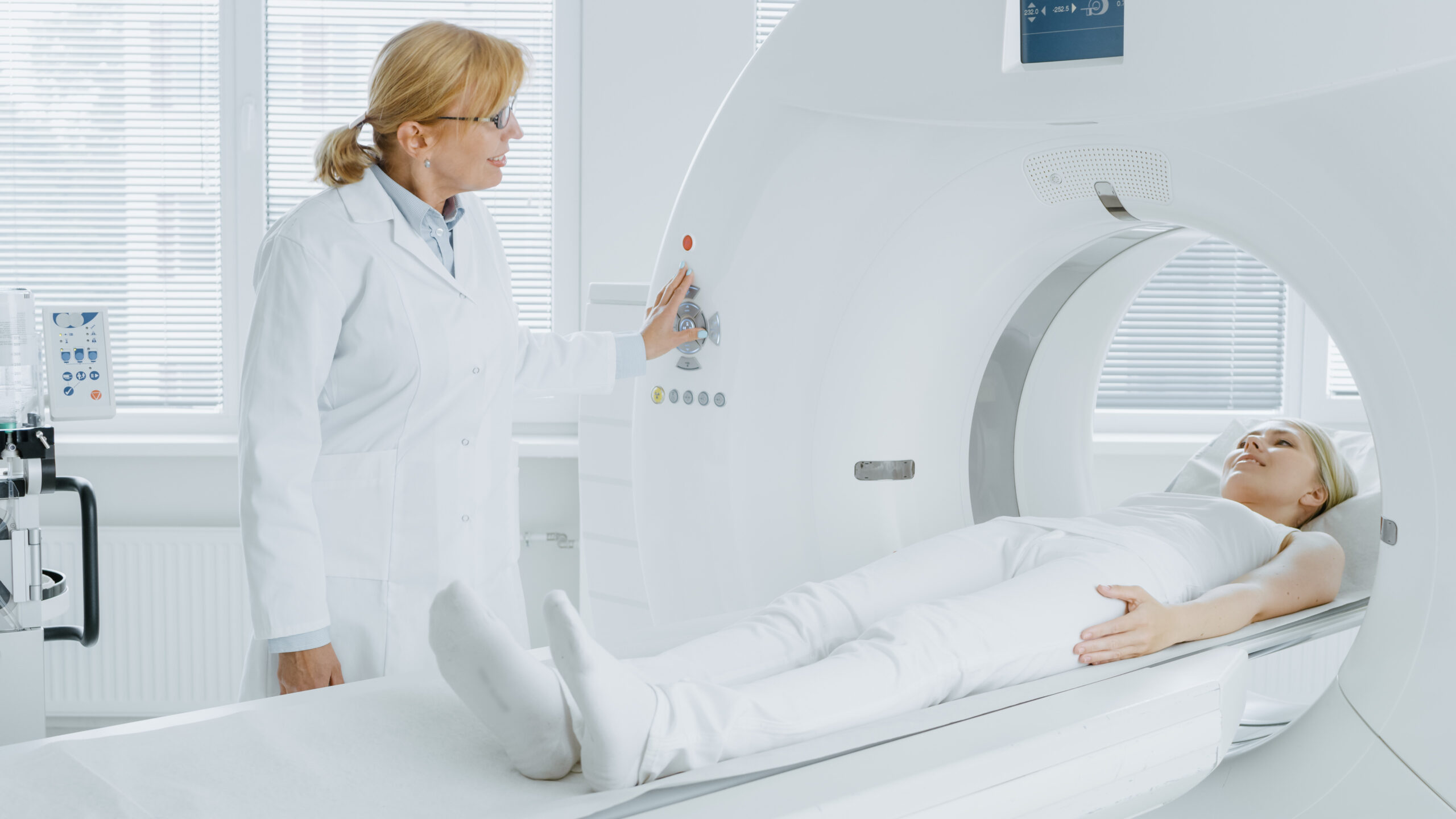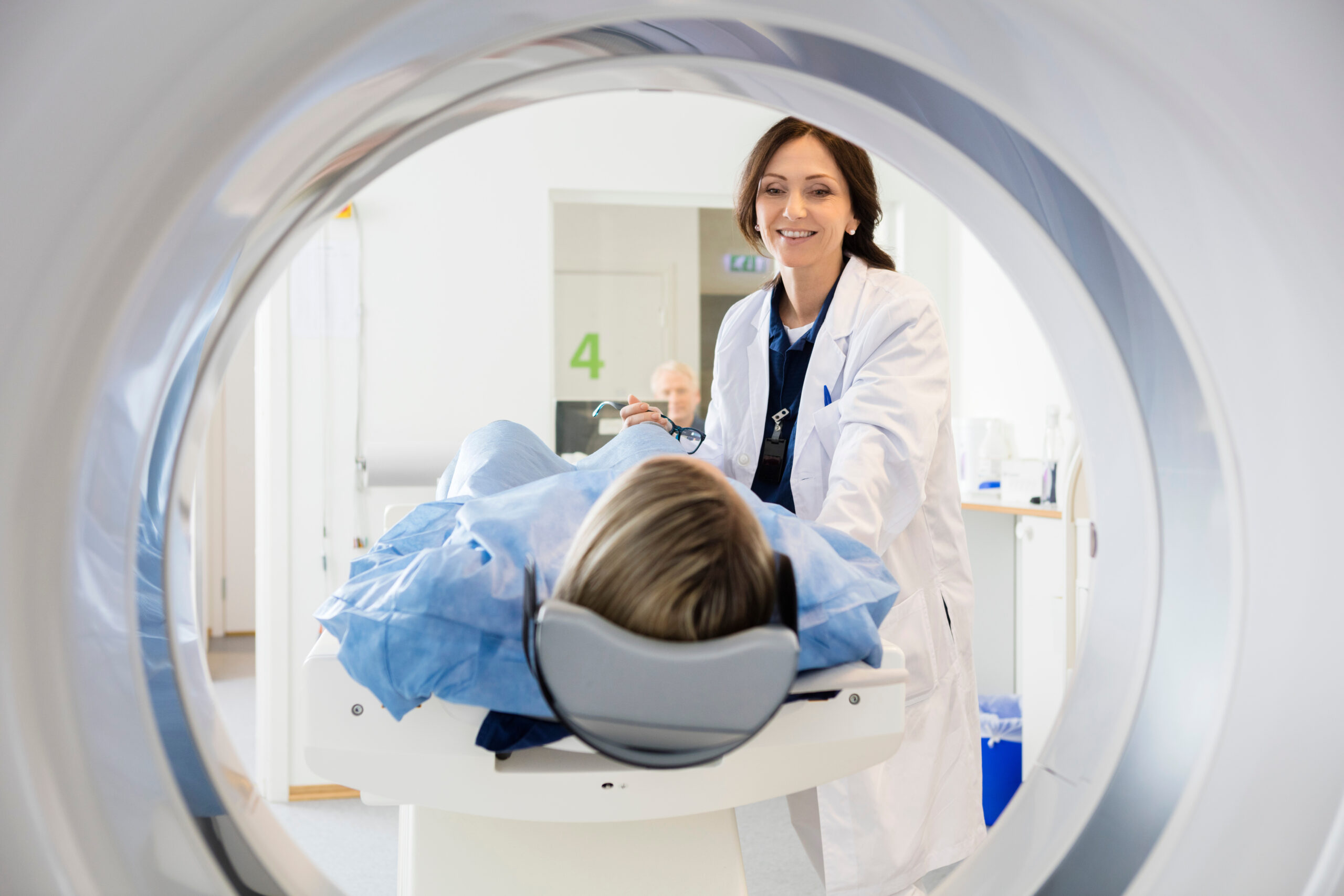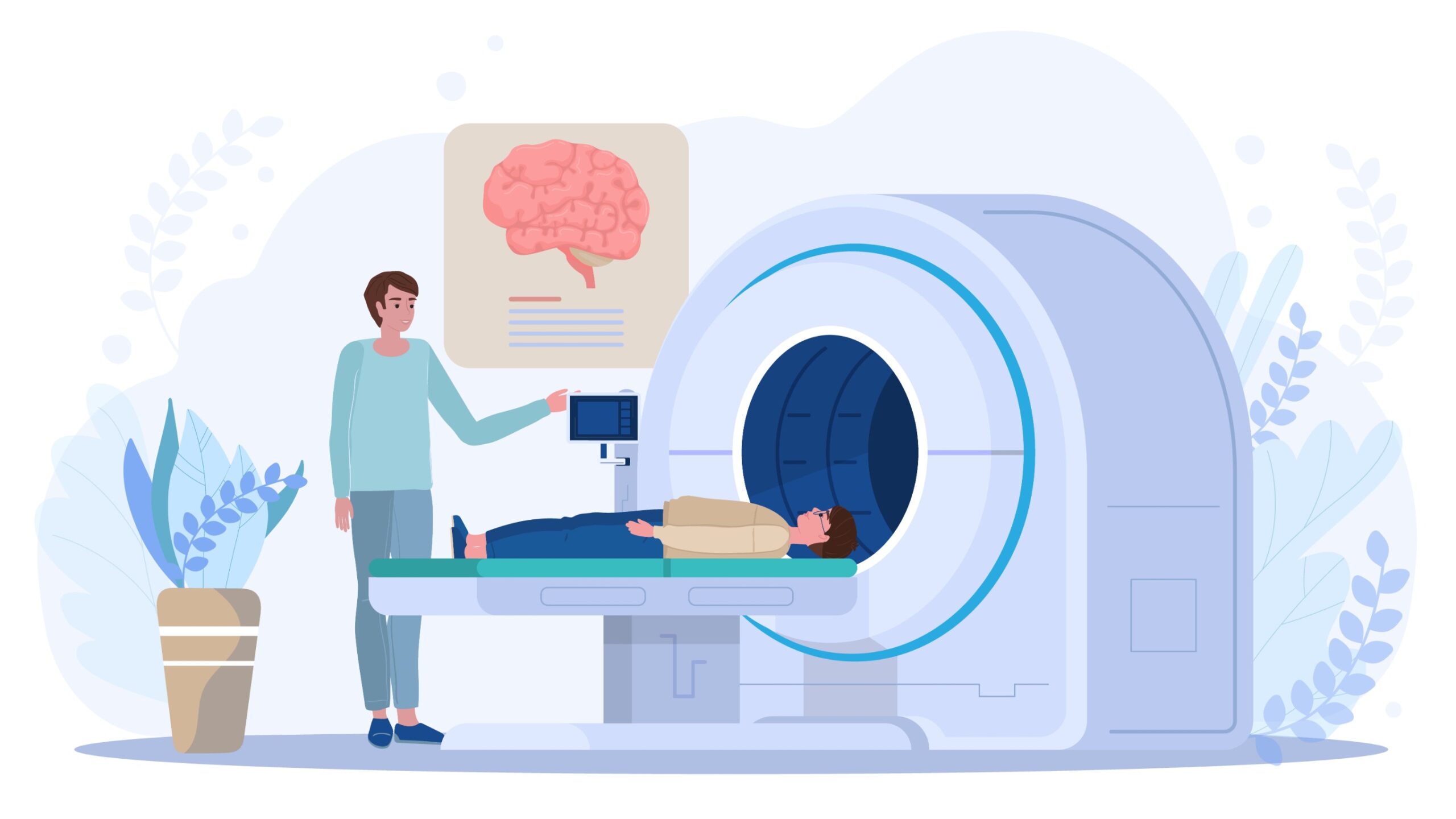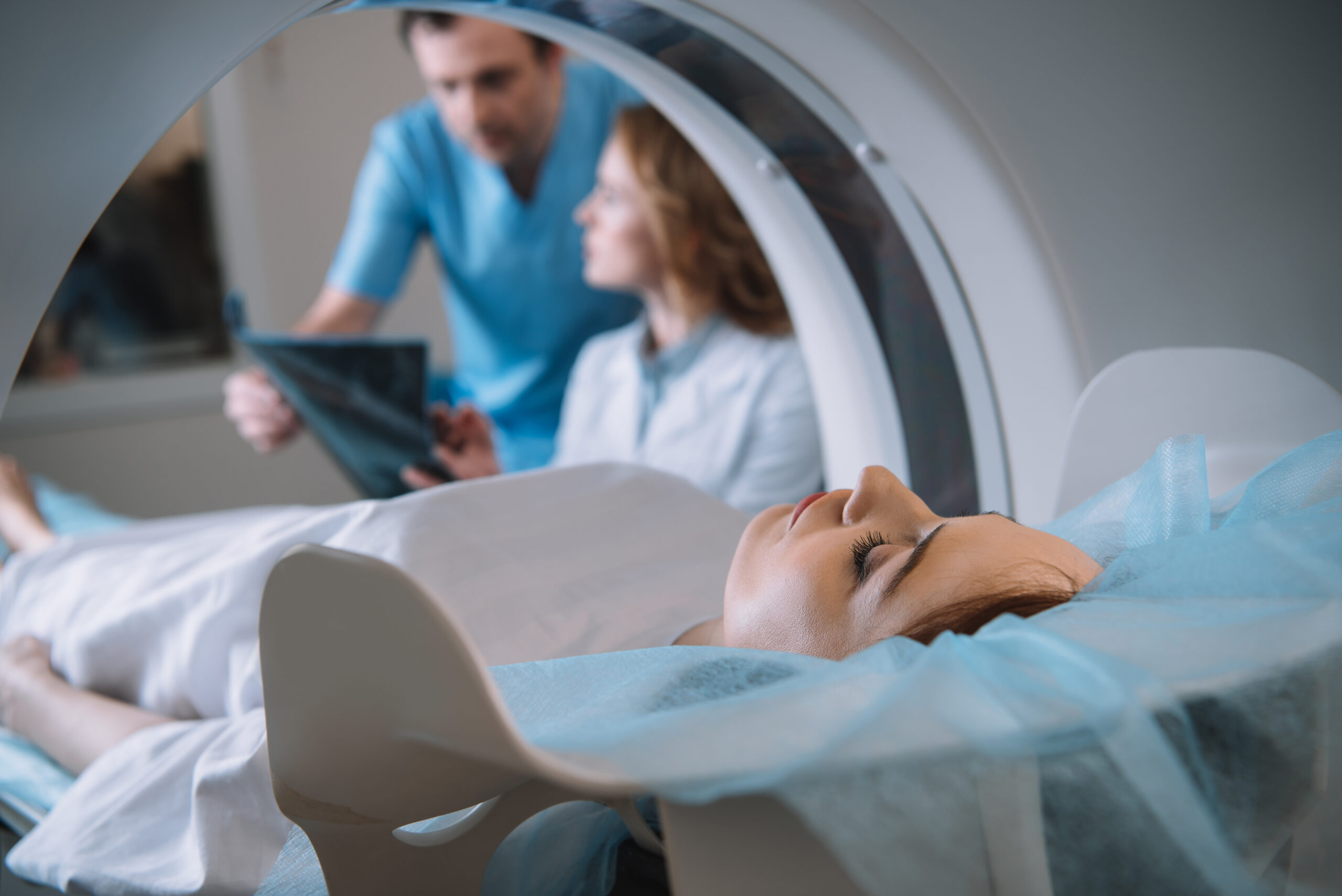When it comes to medical imaging, there are several options available to help doctors diagnose and treat various conditions. Among these, PET CT and traditional scans (such as X-rays, CT scans, and MRIs) are two of the most commonly used methods. Understanding how these imaging techniques differ can help patients make informed decisions about their health care. In this article, we’ll compare PET CT with traditional scans, exploring their advantages, limitations, and when one might be more suitable than the other.
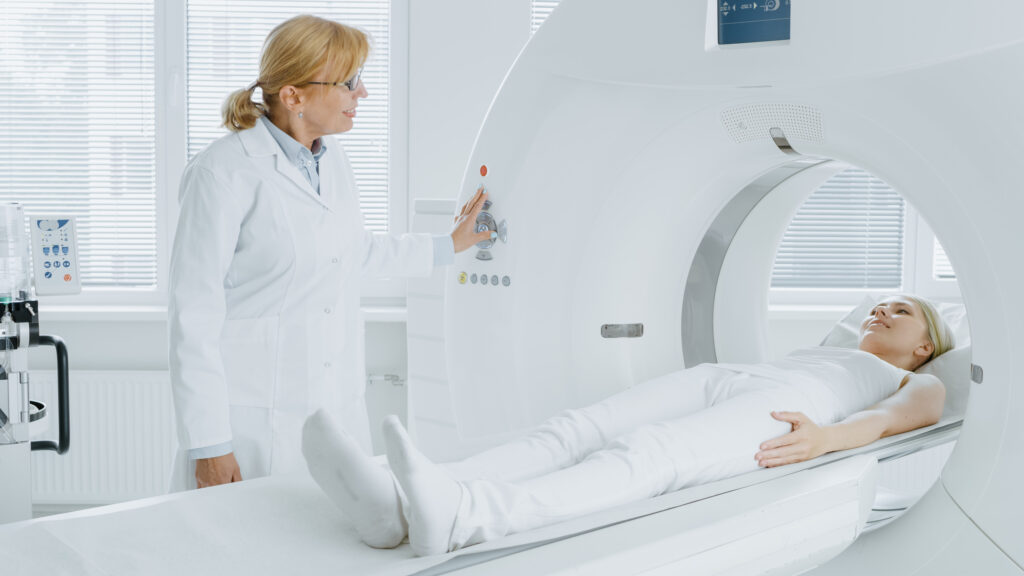
Advantages of PET CT
Positron Emission Tomography (PET) combined with a Computed Tomography (CT) scan, known as PET CT, is one of the most advanced imaging technologies available. Here’s why PET CT stands out:
- Enhanced Accuracy: PET CT scans provide a more detailed and accurate view of the body compared to traditional scans. By combining the functional information of a PET scan with the structural data of a CT scan, it allows physicians to assess not only the location and size of abnormalities but also how they are functioning at a metabolic level.
- Early Detection of Disease: PET CT is especially valuable for detecting cancer in its early stages, when tumors may not yet be visible on conventional CT or MRI scans. This early detection can lead to better treatment outcomes and a higher chance of successful treatment.
- Whole-Body Imaging: PET CT scans are ideal for evaluating a variety of conditions throughout the entire body. They are widely used in oncology to assess cancer spread (metastasis), as well as in cardiology and neurology for evaluating heart disease and brain conditions like Alzheimer’s.
- Non-invasive and Minimal Discomfort: The procedure is generally non-invasive and requires minimal preparation. Patients are usually injected with a small amount of radioactive material (FDG), which helps highlight areas of abnormal metabolic activity, making the scan highly effective at detecting issues.
Limitations of Traditional Scans
While traditional scans like X-rays, CT scans, and MRIs have been in use for many years, they come with certain limitations when compared to more modern techniques like PET CT:
- Lack of Functional Imaging: Traditional scans, such as CT and MRI, excel at providing detailed images of the body’s structures, but they do not provide information about how organs and tissues are functioning. For example, an MRI might show a tumor’s location but won’t reveal whether the tumor is actively growing or if it is benign.
- Lower Sensitivity in Early Detection: Traditional scans often detect abnormalities at later stages, whereas PET CT can identify issues before they become visible through other imaging techniques. For instance, a CT scan may not pick up small or early-stage tumors, which a PET scan could potentially detect.
- Limited Use in Specific Conditions: Certain conditions, such as cancer metastasis or brain activity disorders, may not be fully assessed with traditional scans. MRI and CT scans are often not sensitive enough for detecting cancer in its early stages, or they may fail to detect areas of abnormal activity in the brain or heart.
- Exposure to Radiation: While the radiation doses from traditional scans like X-rays and CT scans are relatively low, repeated exposure can increase the risk of side effects, particularly in vulnerable populations like children and pregnant women. PET CT scans involve radiation as well, but this is generally kept at a safe and controlled level.
Choosing the Right Scan for Your Needs
When deciding between PET CT and traditional scans, there are a few key factors to consider:
- Medical Condition: If you are being evaluated for a condition like cancer, where early detection and accurate staging are critical, a PET CT may be the preferred choice. On the other hand, if you’re undergoing a general examination or looking for issues like fractures or structural abnormalities, a traditional scan like an MRI or X-ray may suffice.
- Doctor’s Recommendation: Your physician will help guide you toward the best imaging technique based on your symptoms, medical history, and the specific diagnosis being considered. A PET CT is often recommended when a more detailed, whole-body picture is needed, especially for detecting complex conditions like cancer, heart disease, or neurological disorders.
- Availability and Cost: PET CT is more advanced and can be more expensive than traditional scans, so it’s important to factor in cost and availability. However, for patients with complex conditions, the detailed results from a PET CT scan can make it well worth the investment.
Conclusion
In conclusion, PET CT and traditional scans each have their strengths and limitations. PET CT provides cutting-edge technology for detecting diseases early, offering a combination of functional and structural imaging. However, traditional scans like CT, MRI, and X-ray still play a vital role in diagnosing a wide range of conditions. The decision between the two depends on the specifics of your medical situation, so it’s important to consult with your healthcare provider to determine the best course of action.
About PET CT of Miami
At PET CT of Miami, we offer state-of-the-art imaging technology, including advanced PET CT scans, to provide accurate and early diagnosis for a range of medical conditions. Whether you’re looking for cancer detection, heart evaluations, or brain imaging, our team is here to ensure you receive the best care possible. To schedule an appointment today, visit our website and book your consultation online. Let us help you take the first step toward a healthier future.

